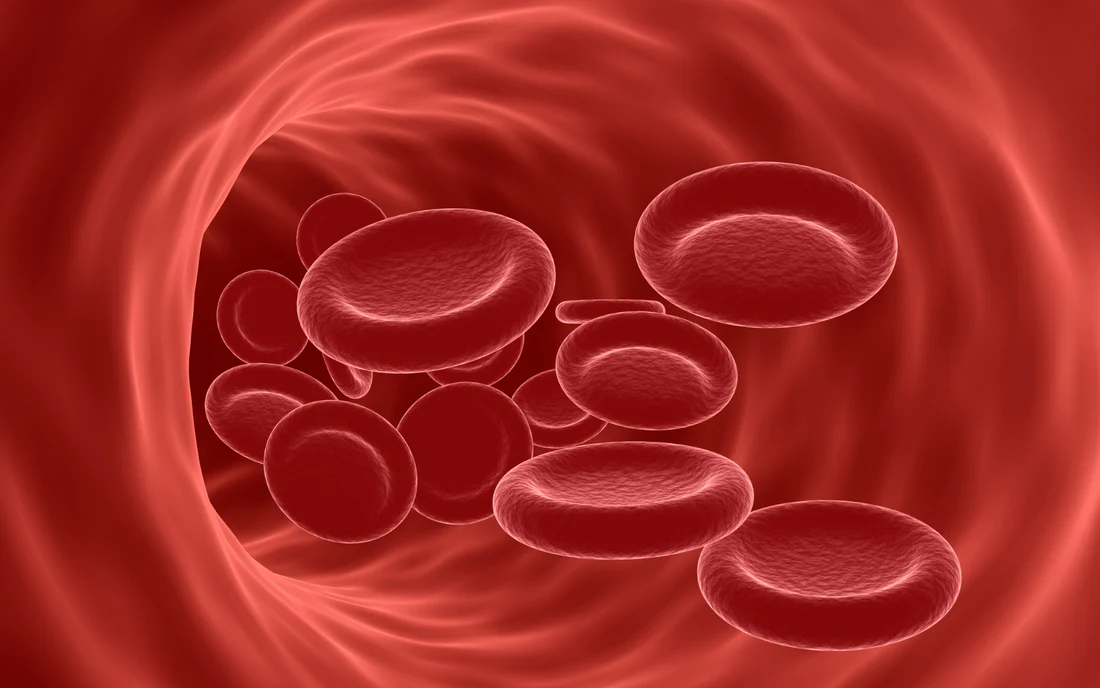Introduction
Anemia is a common medical condition that can affect athletes, including football players. It is essential for players, coaches, and medical staff to recognise the signs and symptoms of anemia to ensure players receive timely and appropriate management. In this blog, we will explore what anemia is, its causes, how it affects football players, and the importance of comprehensive rehabilitation techniques to support players’ health and performance.
What is Anemia?
Anemia is a medical condition characterized by a deficiency of red blood cells or hemoglobin in the blood, resulting in reduced oxygen-carrying capacity. Oxygen is essential for muscle function and performance during physical activity, making anemia a significant concern for athletes, including football players.
Aetiology of Anemia in Football Players
Several factors contribute to anemia in football players. These include:
- Dietary deficiencies: Poor iron, vitamin B12, and folic acid intake can lead to anemia. Football players, particularly those on restrictive diets or poor nutritional habits, may be at a higher risk.
- Training intensity and volume: High-intensity and long-duration training can lead to increased iron loss through sweat and gastrointestinal bleeding, contributing to anemia.
- Gastrointestinal disorders: Conditions like celiac disease or gastrointestinal bleeding can interfere with nutrient absorption, leading to anemia.
- Chronic inflammation: Frequent injuries, overtraining, or playing with injuries can trigger inflammatory responses in the body, impacting red blood cell production.
- Blood loss from injuries: Repeated blows or injuries can cause internal bleeding, leading to anemia over time.
Symptoms of Anemia in Football Players
The symptoms of anemia can be subtle and easily overlooked, but they can have a significant impact on a player’s performance and overall health. Common symptoms include:
- Fatigue and weakness, especially during physical activity
- Shortness of breath and increased heart rate during exercise
- Dizziness or light-headedness
- Pale skin and nail beds
- Cold hands and feet
- Headaches and difficulty concentrating
- Increased susceptibility to infections
Assessment of Anemia in Football Players
To accurately diagnose anemia, a comprehensive assessment is essential. This includes:
- Medical history and physical examination: Evaluating past medical conditions, family history, and identifying risk factors for anemia.
- Blood tests: A complete blood count (CBC) is crucial to determine hemoglobin levels, red blood cell count, and other parameters related to anemia.
- Iron studies: Measuring serum iron, ferritin, and transferrin levels can help identify iron-deficiency anemia.
- Vitamin B12 and folic acid levels: Assessing these vitamins is crucial to diagnose specific types of anemia.
- Bone marrow aspiration: In severe cases or when the cause of anemia is unclear, bone marrow aspiration may be necessary to evaluate red blood cell production.
Treatment Options for Anemia in Football Players
Treatment for anemia focuses on correcting the underlying cause and improving hemoglobin levels. Depending on the type of anemia and its severity, treatment options may include:
- Rest and recovery: Adequate rest and recovery are essential to support red blood cell production and overall health.
- Nutritional interventions: Dietary changes and supplementation can address nutrient deficiencies, particularly iron, vitamin B12, and folic acid.
- Iron supplements: In cases of iron-deficiency anemia, oral iron supplements may be prescribed to boost iron levels.
- Vitamin B12 injections or supplements: For certain types of anemia, vitamin B12 injections or oral supplements may be necessary to correct deficiencies.
- Folic acid supplements: Folic acid supplementation is vital in cases of folic acid deficiency anemia.
Managing Anemia in Football Players
The management of anemia in football players require a comprehensive approach to optimize player health and performance. Here are some key strategies:
- Nutrition counseling: Working with a sports dietitian can help football players develop healthy eating habits to support optimal iron, vitamin B12, and folic acid levels.
- Monitoring training loads: Coaches and medical staff should closely monitor training intensities and volume to prevent overtraining and excessive iron loss.
- Injury management: Prompt and appropriate management of injuries can help reduce inflammation and prevent chronic anemia due to frequent injuries.
- Individualised training programs: Tailoring training programs to players’ specific needs can prevent excessive stress and injuries, reducing the risk of anemia.
- Hydration and recovery: Proper hydration is essential to support blood volume and red blood cell production. Adequate post-exercise recovery helps facilitate the replenishment of iron stores.
- Periodic blood tests: Regular blood tests can help monitor hemoglobin levels and identify any potential deficiencies early on.
Conclusion
Anemia is a significant concern for football players, as it can lead to reduced athletic performance and overall health. A comprehensive approach to assessment, treatment, and rehabilitation is essential to support players in their recovery and return to peak performance. By addressing the underlying causes of anemia and implementing appropriate management strategies players can optimise both their health and performance.
Further Reading
Anvi (2022) – Understanding the Concept of Iron Deficiency Anemia in Athletes: A Narrative Review
Marc-Tudor et al, (2021) – Anemia in Sports: A Narrative Review
Disclaimer
The information provided in this article is for educational purposes only and should not substitute professional medical advice. Always consult with a qualified healthcare professional for diagnosis, treatment, and personalised recommendations based on your specific condition. Some affiliate links may also be used in this article, these are from products we have specifically selected to display based on our own experience.
Other Articles
- Back Injuries
- Fitness Training
- Foot & Ankle Injuries
- Guest Blogs
- Head Injuries
- Hip & Groin Injuries
- Knee Injuries
- Ligament Injuries
- Lower Limb Injuries
- Medical Issues
- Mobility Training
- Muscle Injuries
- Physiotherapy Treatments
- Recovery Strategies
- Rehab Technologies
- Strength & Conditioning
- Tendon Injuries
- Upper Body Injuries
- Womens Football
- Youth Injuries
